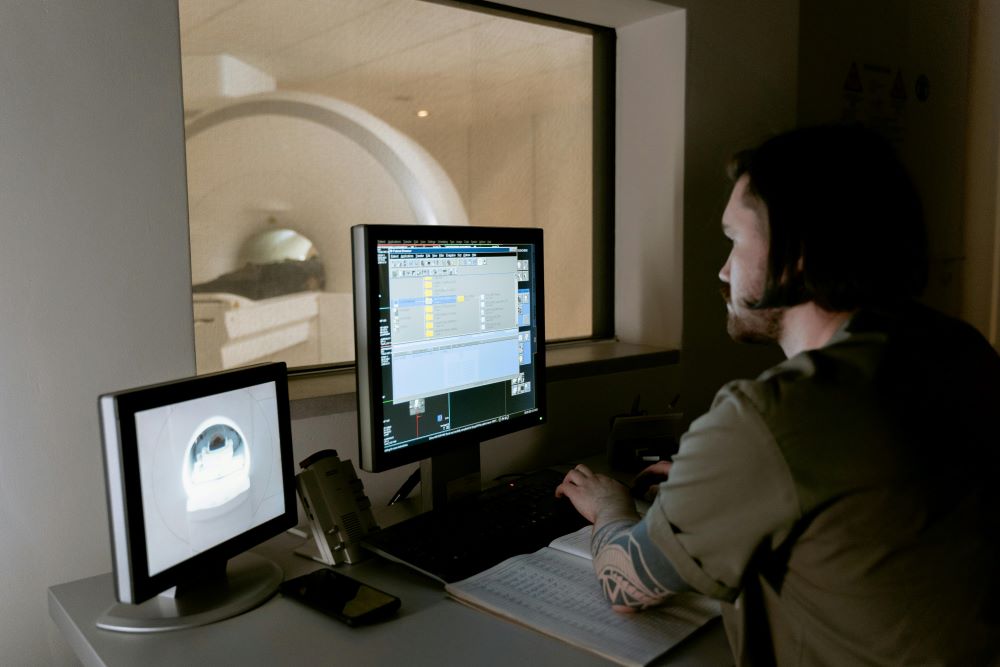PSMA-PET scans reveal hidden cancer spread, improving diagnosis and treatment strategies.
A recent study conducted by researchers at UCLA Health has revealed that advanced imaging technology may expose previously undetected cancer spread in patients with high-risk prostate cancer. The research, published in JAMA Network Open, utilized a specialized imaging method called PSMA-PET, which identifies cancerous activity more effectively than traditional techniques.
Prostate cancer is often staged using conventional imaging methods like CT scans and bone scans. These tools provide structural details, helping doctors decide how far the disease has progressed. However, PSMA-PET scans use a tiny amount of radioactive material that binds to prostate cancer cells, making them stand out on scans. This functional imaging can reveal activity in the body that conventional methods may miss, offering a more precise understanding of the disease’s extent.
In this study, researchers analyzed data from 182 patients with high-risk prostate cancer who were thought to have no metastases based on conventional imaging. However, PSMA-PET scans detected signs of cancer spread in nearly half of these patients. In some cases, multiple metastases were found, suggesting that the cancer had advanced significantly further than previously assumed. These findings raise important questions about how patients are selected for treatment and whether some might benefit from therapies tailored for more advanced disease.

One key implication of this research is the potential to reshape treatment strategies for prostate cancer. Traditional approaches often rely on clinical trials using conventional imaging for staging. This new evidence suggests that these trials might underestimate the scope of the disease, leading to less effective treatment plans. By incorporating PSMA-PET scans, doctors could better identify patients who need more aggressive treatments, such as targeted radiotherapy or advanced hormone therapies.
The study’s authors emphasized the importance of improving diagnostic methods to match the complexity of modern treatment options. They pointed out that more accurate imaging could help doctors avoid under-treating patients with undetected metastatic cancer or overtreating those with less advanced disease. This personalized approach could improve outcomes for patients while reducing unnecessary side effects.
Although the benefits of PSMA-PET are clear, researchers caution that more studies are needed to fully understand its impact on long-term outcomes. Ongoing investigations aim to assess whether the use of this imaging technique translates to better survival rates and quality of life for patients. The researchers also highlighted the need for more prospective clinical trials to validate these findings and incorporate PSMA-PET into routine care.
Prostate cancer remains a leading cause of cancer-related deaths among men, and the development of more precise diagnostic tools represents a significant step forward. As imaging technologies evolve, they offer new opportunities to refine treatment plans and provide hope for improved survival and quality of life for patients with advanced cancer. By uncovering hidden aspects of the disease, PSMA-PET imaging has the potential to change how prostate cancer is managed, offering new pathways to care for patients who need it most.
Sources:
Advanced imaging technology detects undiagnosed metastases in high-risk prostate cancer


Join the conversation!